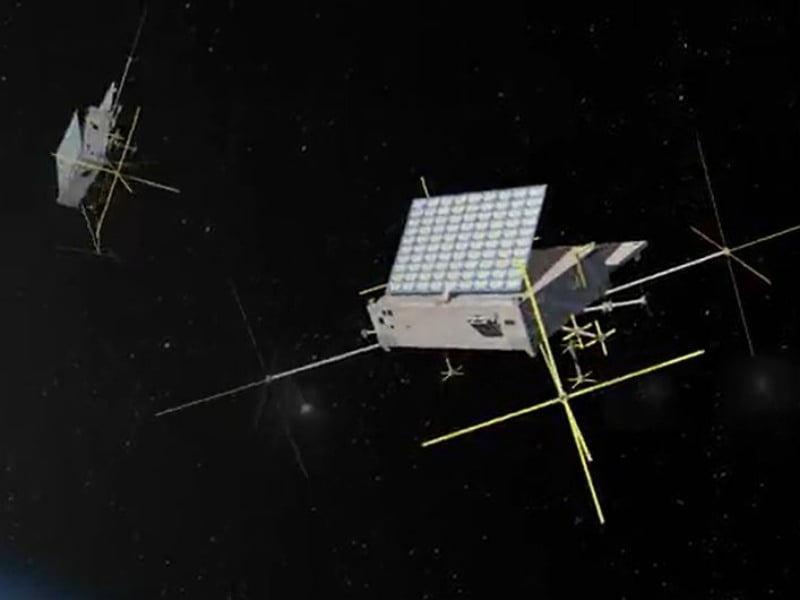Canberra-based space-based communications outfit Skykraft has started the year with the successful launch of five Australian-designed and manufactured satellites aboard a SpaceX Falcon 9 rocket from Cape Canaveral in Florida.
Weighing approximately 300kg, the satellite stack weighs more than the total mass of all Australian-built space objects ever launched, the company says, and marks the start of huge program of work for Skykraft.
Over the next two years, Skykraft expects to launch 200 satellites into low earth orbit to create a constellation that will deliver a global Air Traffic Management (ATM) service.
The ATM system is designed to provide aircraft with traffic management coverage as they cross remote areas where surveillance gaps exist in global communications systems like oceans to deserts.

Skykraft says the system will make global air travel smoother and more efficient.
“We rely on air traffic control to avoid mid-air collisions, even in the middle of the Pacific Ocean,” said Skykraft chief executive officer Dr Michael Frater.
“With Skykraft’s service, air traffic controllers will be able to see the aircraft at all times and talk directly with the pilot anywhere in the world,” he said.
“If you’re flying from Sydney to LA and your aircraft hits turbulence, the pilot will now be able to get a clearance to change altitude much more quickly. For passengers, this means they won’t need to be seated for long periods of time, and for airlines savings on fuels savings and a reduction in the environmental impact.”
The initial launch of five satellites on Wednesday was supported through a collaboration agreement with Airservices Australia as a proof of concept. This is part of Airservices’ strategy to transition to space-based services.
Skykraft is also working closely with partners in the Pacific where the ability to provide ATM services is particularly relevant.
The company collaborated with supply chains from across regional Australia to delivered the satellites, including printed circuit boards from Newcastle-based company, a Wodonga-based engineering firm that undertook the machining and fabrication of chassis components, and a Queanbeyan-based coating company that applied thermal finishes.
Do you know more? Contact James Riley via Email.

